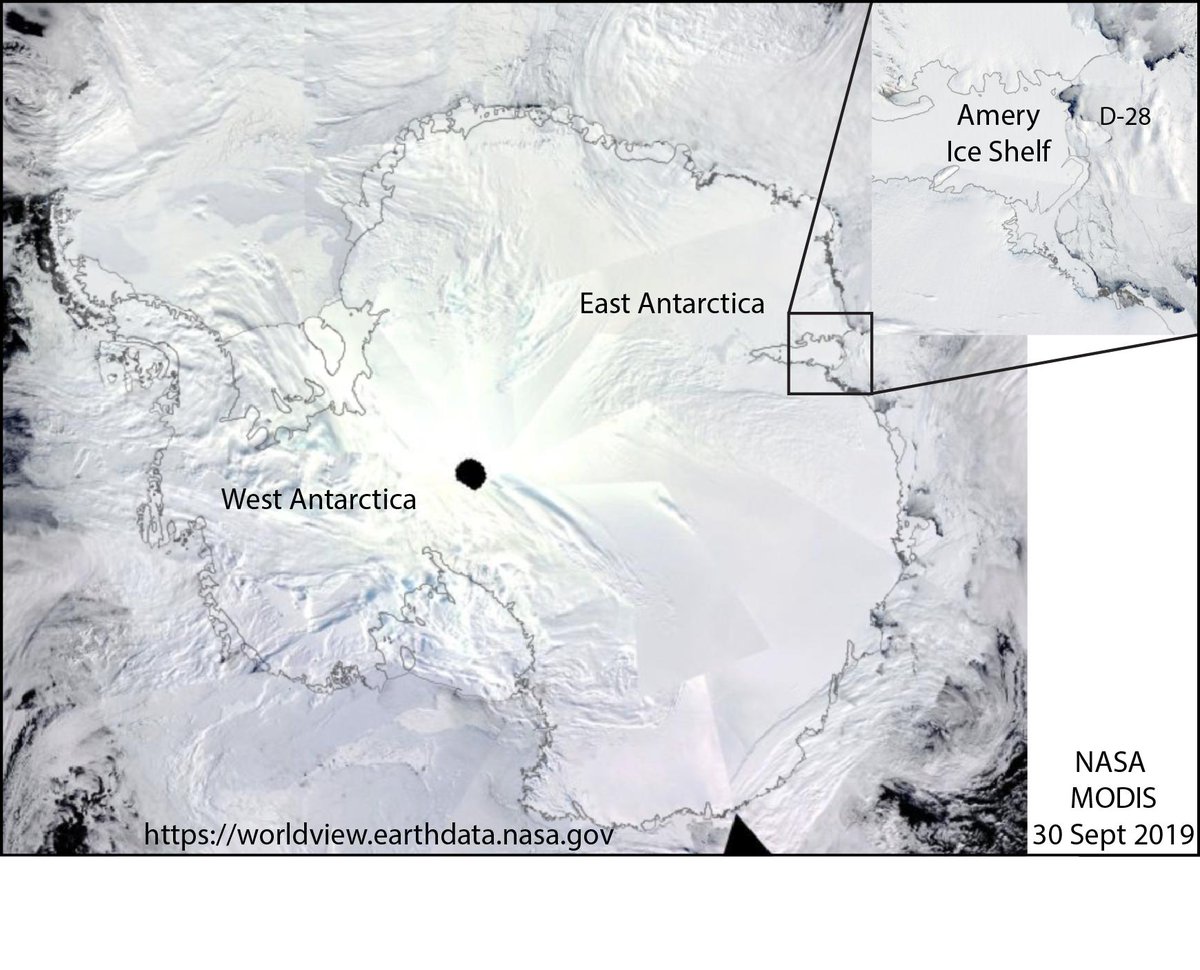The Life of an Iceberg
Rishi Chebrolu
Icebergs are such a big part of maintaining our ocean currents, water salinity, and freshwater supply. Without these big blue icy structures, coastlines and present islands that support a wide range of cultures and ecosystems would cease to exist. Governments and the economy begin to panic due to the destruction of industries and the preexisting tragedy of the commons. Climate change is the world's greatest threat that must be solved with extreme urgency.

Plot twist!
Did you know Icebergs can break off from glaciers naturally? This
is a process known as calving. This is where sheets of ice break off when there
are large amounts of snowfall. American glaciologist Helen Amanda Fricker says
that icebergs like to keep the same mass. The glacier loses mass because high
amounts of snowfall give back some mass. This process is natural, but it
doesn’t mean that the process isn’t being accelerated by the effects of climate
change.
This past week, scientists began tracking the Amery Ice Shelf that
just broke off from Antartica. Over 300 million tons of ice as big as two New
York City’s. This idea of calving demonstrates that this chunk of ice was just
a normal phenomenon. Because this iceberg was initially floating on water, it
won’t contribute to the rise in sea level. It is important that the public is
informed that this incident was purely natural and not by climate change. Why
do you think so?

This iceberg separation is, however, a great way to analyze
current trends and predictions about the rate of calving of Arctic ice shelves.
New observations can help scientists determine a new rate of ice flowing off
the continent. Long term this data can help determine if natural events are
just natural or cause by climate change.

How would this recent incident influence a climate change
disbeliever? What impacts do you predict this will pose on the environment,
society, politics, or economy if any at all?

Comments
Alice
-camilla
-urvi
-Andrew Thomas